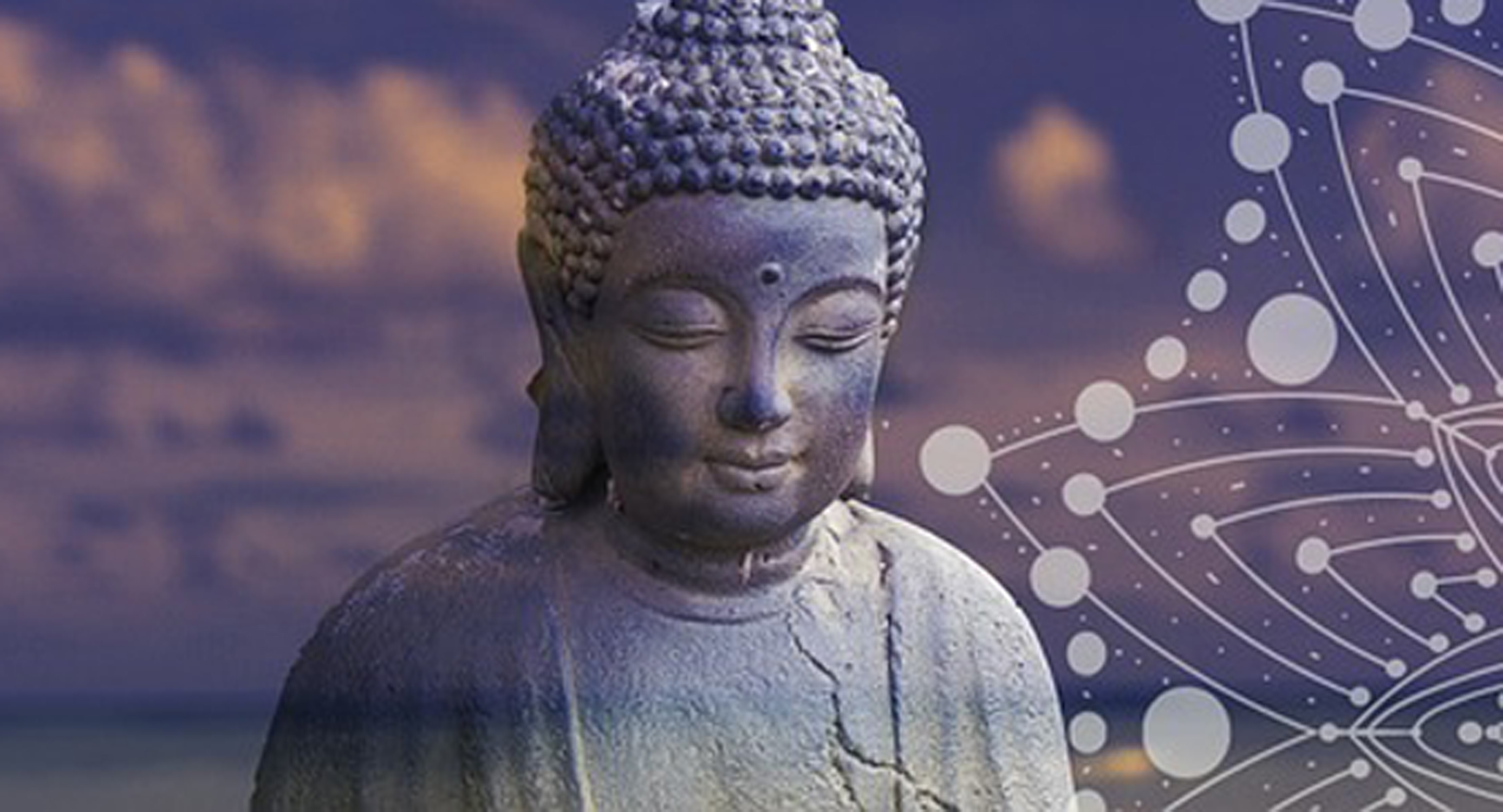Women’s ordination is one of the most widely debated issues in Buddhist communities today. According to tradition, the Buddha initially refused to ordain women, but his stepmother, Mahapajapati, and his disciple Ananda persuaded him to. The Buddha eventually established a “fourfold sangha,” or community of monks, nuns, laymen, and laywomen, with monks and nuns progressing from novice to full ordination as bhikkhus and bhikkhunis, respectively.
However, additional rules known as the eight garudhammas (“heavy rules”) were imposed on nuns, which kept them subordinate to monks. It’s worth noting that some scholars argue the garudhammas were a later addition that had nothing to do with the Buddha. Some theorize that these rules were instituted to placate the laity by giving nuns lower status, mirroring the position of women in ancient Indian society.
Over the centuries, women’s orders in the predominantly Theravada nations of Southeast Asia were weakened and wiped out by invasions, wars, famine, and the endemic subjugation of women, while in other regions, like Tibet, full bhikkhuni ordination was simply never introduced. Various forms of novice and lay ordination were the only options left for female renunciates in those traditions. However, Mahayana bhikkhuni lineages did survive in China and the places where Chinese Buddhism spread, mainly Taiwan, Korea, Japan, and Vietnam.
In a confounding irony, Buddhist monastic code makes it nearly impossible to revive lineages that have largely died out by declaring that a nun can only receive full ordination from fully ordained monks and nuns: in other words, nuns must exist in order for new nuns to be made. This creates a dilemma for Theravada and Tibetan Buddhist nuns, since full ordination for nuns is available only in the Chinese Buddhist tradition. In an additional roadblock, members of some monastic hierarchies consider ordaining in another tradition to be invalid, and they believe nuns who have taken those vows are illegitimate.
A movement for the revival of women’s ordination has changed this picture in recent decades. Hundreds of women in the Theravada and Tibetan traditions have taken full bhikkhuni ordination from Chinese, Korean, Vietnamese, Japanese, and Taiwanese officiants and preceptors. But as mentioned above, the validity of such ordinations is a matter of debate; conservative groups generally consider these ordinations to be invalid, while progressive corners support the effort. His Holiness the 14th Dalai Lama and many other Buddhist leaders support the revival of full ordination for women, and the global association of Buddhist women, Sakyadhita, has made achieving gender equity in ordination one of their main goals.
Source: tricycle.org







